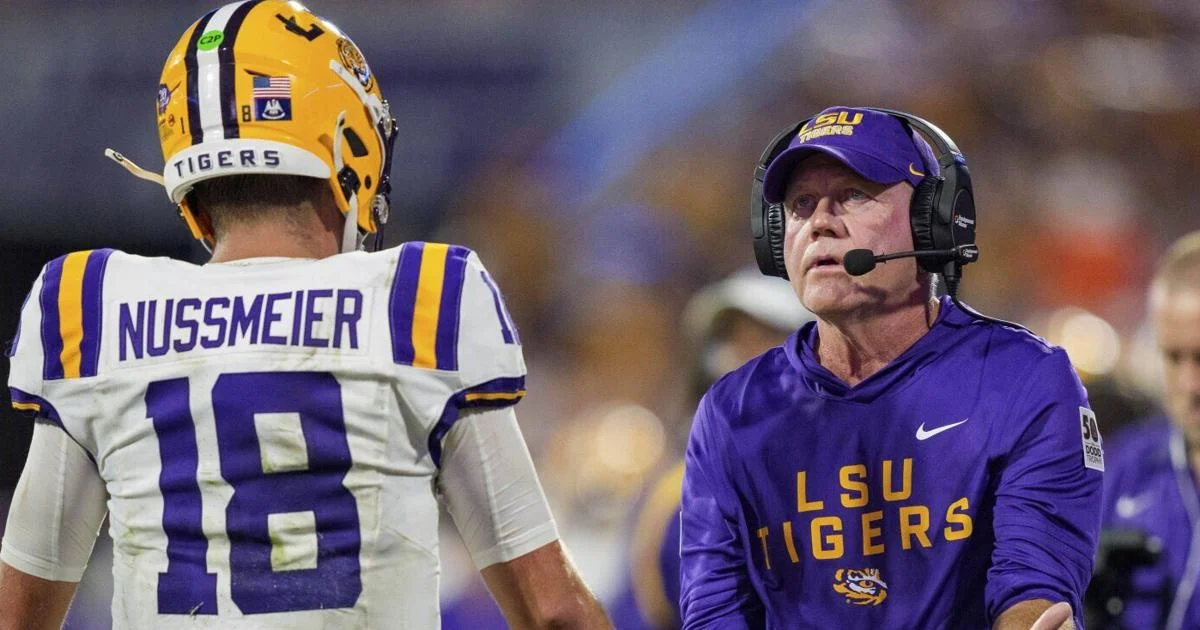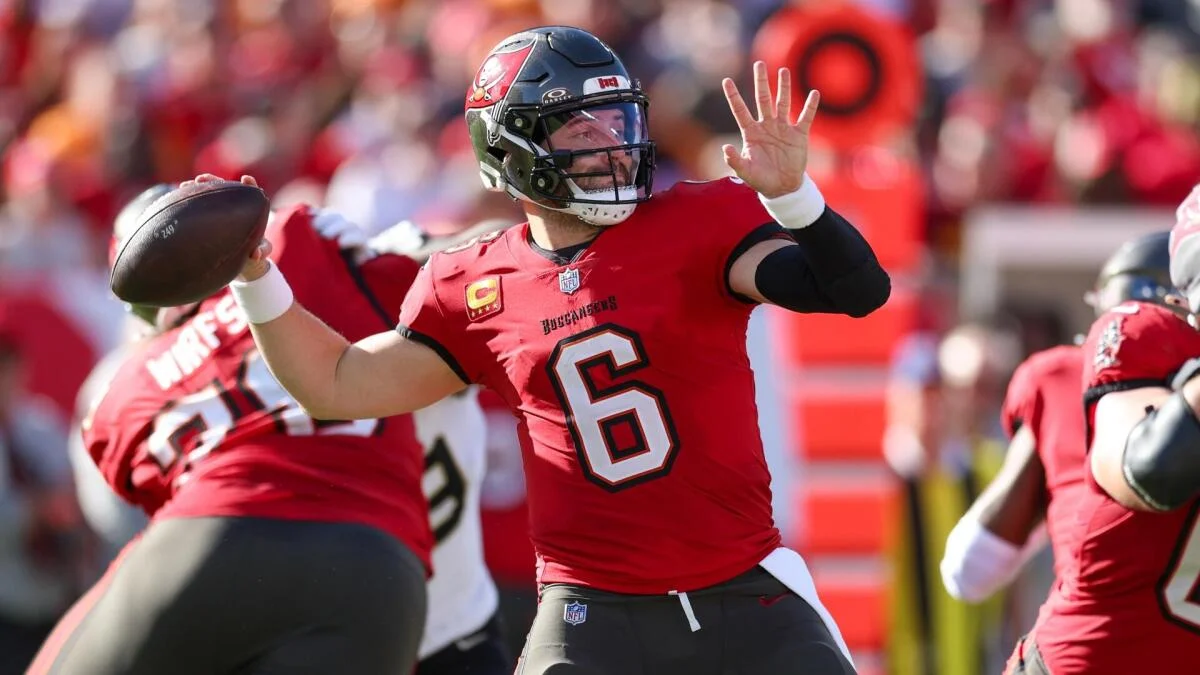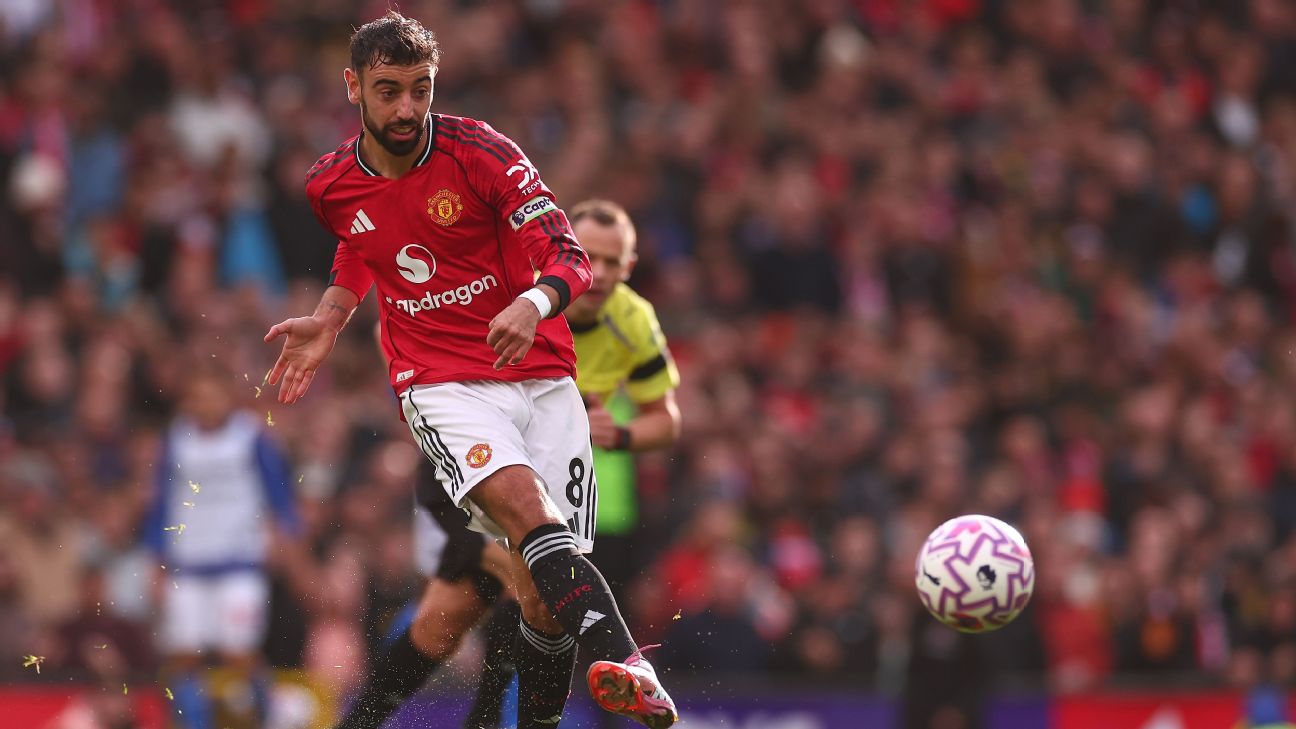Copyright Baton Rouge Advocate

College athletes at public universities across Louisiana are expected to receive at least $20.7 million in compensation this year, records and interviews show, after a landmark NCAA settlement in June allowed them to begin collecting paychecks directly from their schools. LSU has earmarked $18 million in direct payments to its athletes, a senior athletic administrator said, 90% of which will go to football and men’s basketball players. Among Louisiana’s remaining public schools, the University of Louisiana at Lafayette, the University of Louisiana at Monroe and McNeese State have said they’ll pay players more than $2.7 million, according to payroll records and athletic officials for those schools. The payments are a turning point in college sports. College athletes have been allowed to earn money through endorsements since 2021, which led to windfalls for brand-forward Louisiana athletes like LSU gymnast Olivia Dunne. Endorsements are still permitted and will likely remain the primary breadwinners for many college athletes, though they’re subject to new NCAA regulations. The House v. NCAA settlement in June, however, permits college athletes for the first time to also be paid directly by their universities, effectively in salaries. The changes mean that powerhouse programs that rake in hundreds of millions of dollars a year through conference royalties, TV deals and ticket sales must share a chunk of the money with their top players — up to an NCAA-set cap of $20.5 million, per school — or risk them transferring to a school that will. But sports legal analysts and some members of a state task force covering the subject say the so-called “revenue sharing” arrangements raise a number of concerns and unanswered questions. For one, when it comes to recruiting players, it puts the have-not’s — smaller schools with less money — further behind. McNeese was the only Louisiana university to advance past the first round of the men’s basketball NCAA tournament in March, and accomplished that feat with a 2024 athletic budget of $16.8 million. LSU’s was roughly 13 times that amount: $221 million. There’s also the issue of parity: Because football brings in — by far — the most money to athletic departments, even the most elite LSU gymnast or baseball player will likely never be paid as much as the university’s starting quarterback. Just last year, LSU football brought in more than $107.9 million, budget records show — more than four times as much as LSU’s remaining 20 sports combined. LSU women’s gymnastics and baseball won national championships in 2024 and 2025, respectively, but combined will receive less than 5% of the money that LSU is paying players this year, according to the university’s figures. Secret records So just how much will LSU quarterback Garrett Nussmeier be paid? Or women’s basketball star Flau'jae Johnson? The Times-Picayune | The Advocate requested athlete payroll information from LSU, Southern and the nine public schools in the University of Louisiana system. Five schools — Grambling State, Nicholls State, Southeastern, Southern and the University of New Orleans — said they have no payment agreement in place with any athlete. Louisiana Tech University Athletic Director Ryan Ivey said his department has committed $1.6 million in “total enhanced benefits” for its athletes. He declined to say how much of that money is being paid in direct compensation, however. Louisiana-Monroe was the only university that shared its athlete payroll, which showed $34,200 for three softball players and $90,728 for 17 football players, including one making $20,000. The names of each athlete were redacted. The remaining universities across Louisiana, including LSU, have not agreed to release detailed information about their payments to athletes and the terms of those agreements. LSU has only said that it will pay players the maximum amount allowed, $20.5 million, or a little less than 10% of its athletic budget. The payroll includes $2.5 million for scholarship increases and $18 million in salaries. 'No one' will hand over No state laws have been written to cover disclosure of these records, specifically. But in Louisiana and in other states, college sports powerhouses have guarded them from the public and their competitors, blocking attempts by news organizations and other groups to obtain them through open records requests. There are obvious incentives for universities to shield payroll information, said Noah Henderson, Director of the Sport Management Program at Loyola University Chicago. For one, it’s seen by athletic directors of major programs as a trade secret. College sports rosters are constructed around complicated, occasionally proprietary, algorithms that determine a player’s value, Henderson said. Revealing the dollar amounts that athletic departments are actually assigning to players could give away that edge, he said. “I don’t think you're going to have any school hand over those documents unless a judge has ordered them to,” Henderson said. “This is something that no one will willingly hand over.” Steven Procopio, president of the Louisiana's Public Affairs Research Council, said the state’s universities are treating athletes differently than all other university employees, whose compensation records are subject to public records laws. Procopio noted, though, that athletic departments largely draw from ticket sales and media rights, rather than direct taxpayer contributions. “Bringing in star athletes helps bring in more revenue, so it is understandable they don’t want to jeopardize that and lose their competitive edge,” Procopio said. “At the same time, these universities are public entities, and they have an obligation to be as transparent as possible about how they operate, especially when compensation is involved.” Seven figure football players Even if LSU isn’t entirely willing to share, there are some clues as to how it’s doling out the money. An athletics administrator told The Advocate in June that LSU will allocate 75% of salaries to football, or $13.5 million. Like other major programs, LSU relies on software that’s also used by professional teams to create team budgets, factoring the value of each position. That means for most teams, premium positions like quarterback or pass rusher are likely to get paid out first — reportedly as high as seven figures. ESPN in August published a survey of more than 20 college general managers and player agents and found that starting quarterbacks of Power 4 schools generally make between $1.5 million and $2 million, though elite ones can make more. That would likely place Nussmeier among the highest-paid recipients of a public salary in Louisiana. LSU football coach Brian Kelly’s salary, which is a public record, is more than $10 million a year, which does not include bonuses. LSU said it will allocate 15% of its salaries to men’s basketball, or $2.7 million; 5% to women’s basketball, or $900,000; and 5% to its 18 remaining sports. Shielded in other states In declining to release revenue-sharing figures, three universities — LSU, UL and Northwestern State — claimed that federal student privacy protections exempted them from disclosure. Attorneys for the schools also cited a 2021 law that exempts disclosure of an athlete’s “contract for compensation,” though that law was written to cover endorsement deals, not salaries. LSU rivals in the Southeastern Conference including Alabama, Florida, Ole Miss, Mississippi State and South Carolina have rejected requests to turn their payroll records to news organizations or other requestors, according to news accounts in those states. Those denials also cited the Family Educational Rights and Privacy Act, according to news reports. Lawsuits challenging the denials have already been filed in South Carolina and New Mexico. “The public has a substantial interest in UNM’s agreements with student-athletes, and with the content of other records related to the House settlement,” the New Mexico Foundation for Open Government wrote in its lawsuit last month against the University of New Mexico. “The agreements involve the expenditure of millions of dollars of public money and student fees, and the public should know the details of these agreements.”



